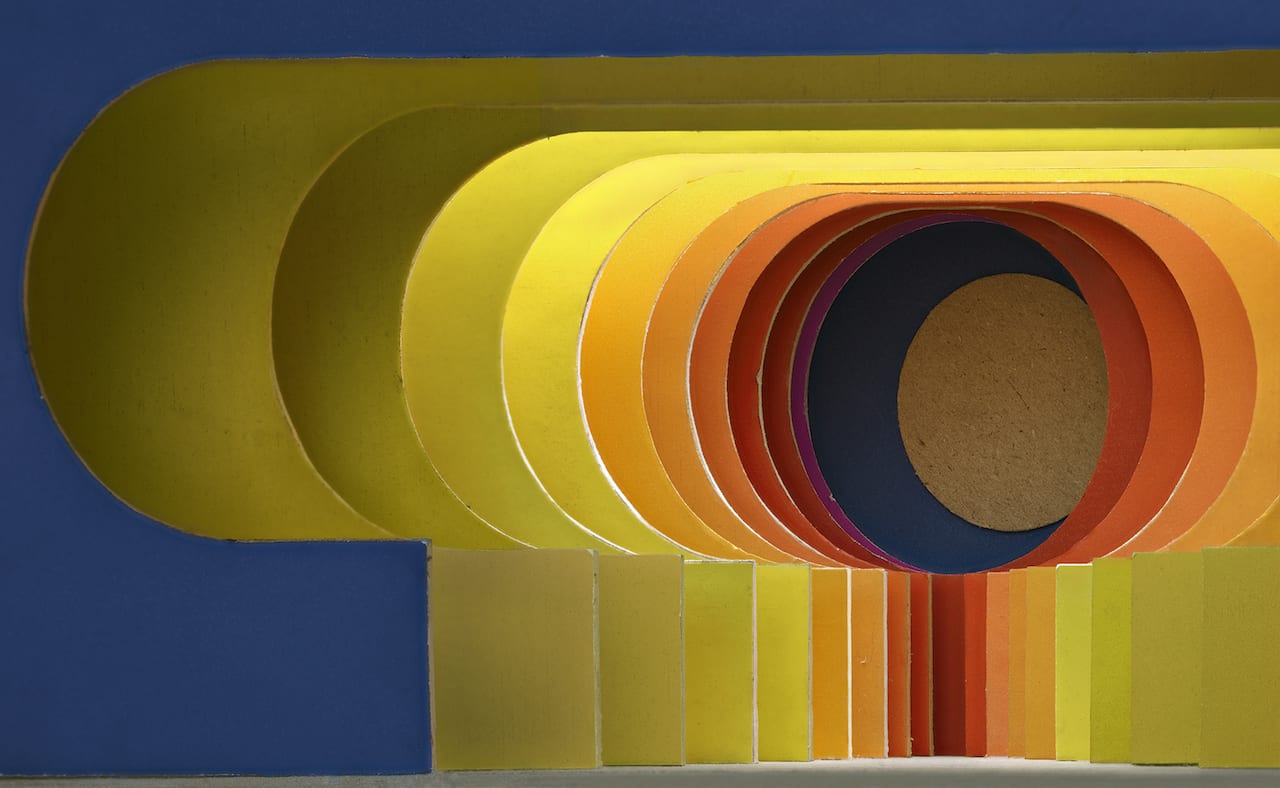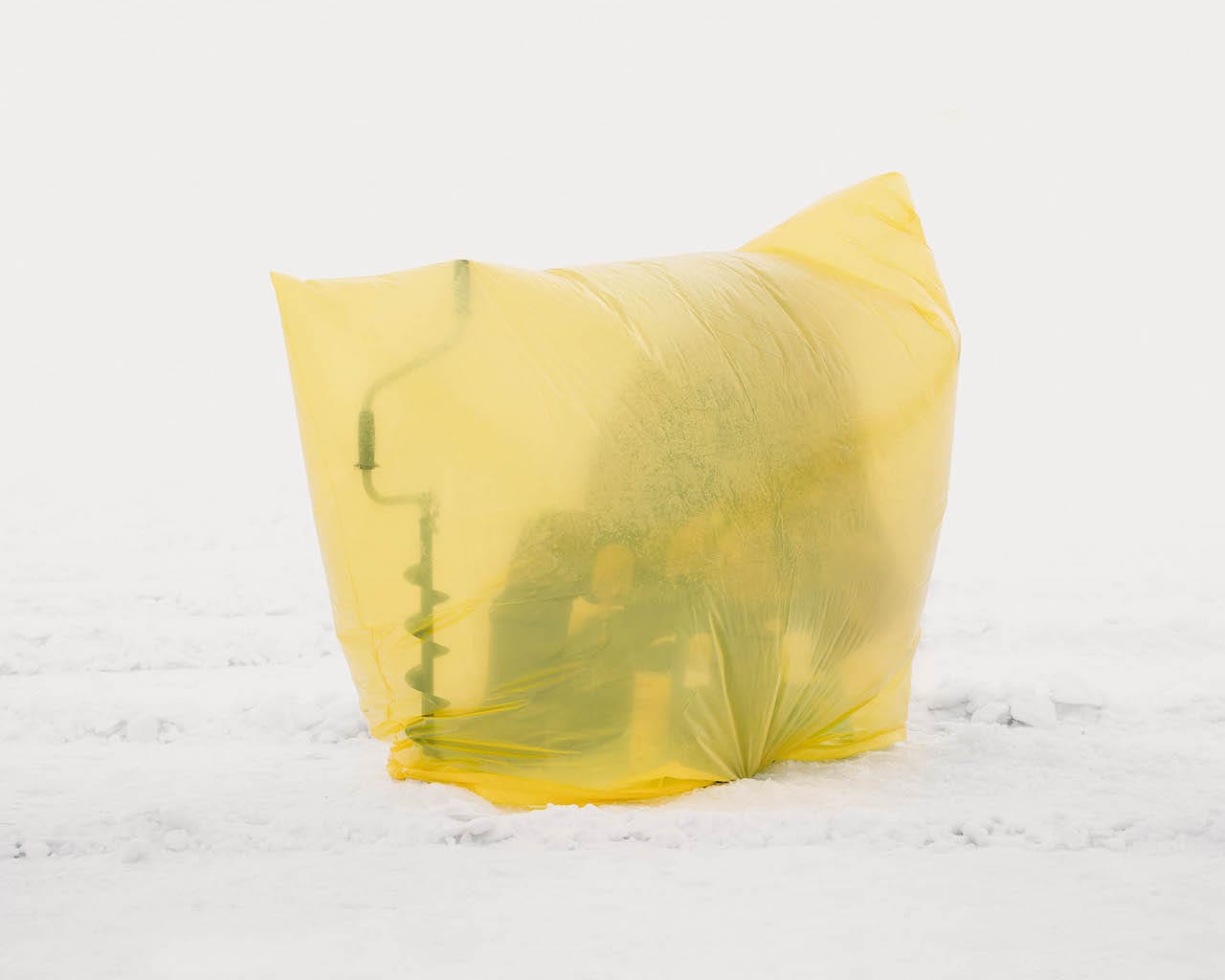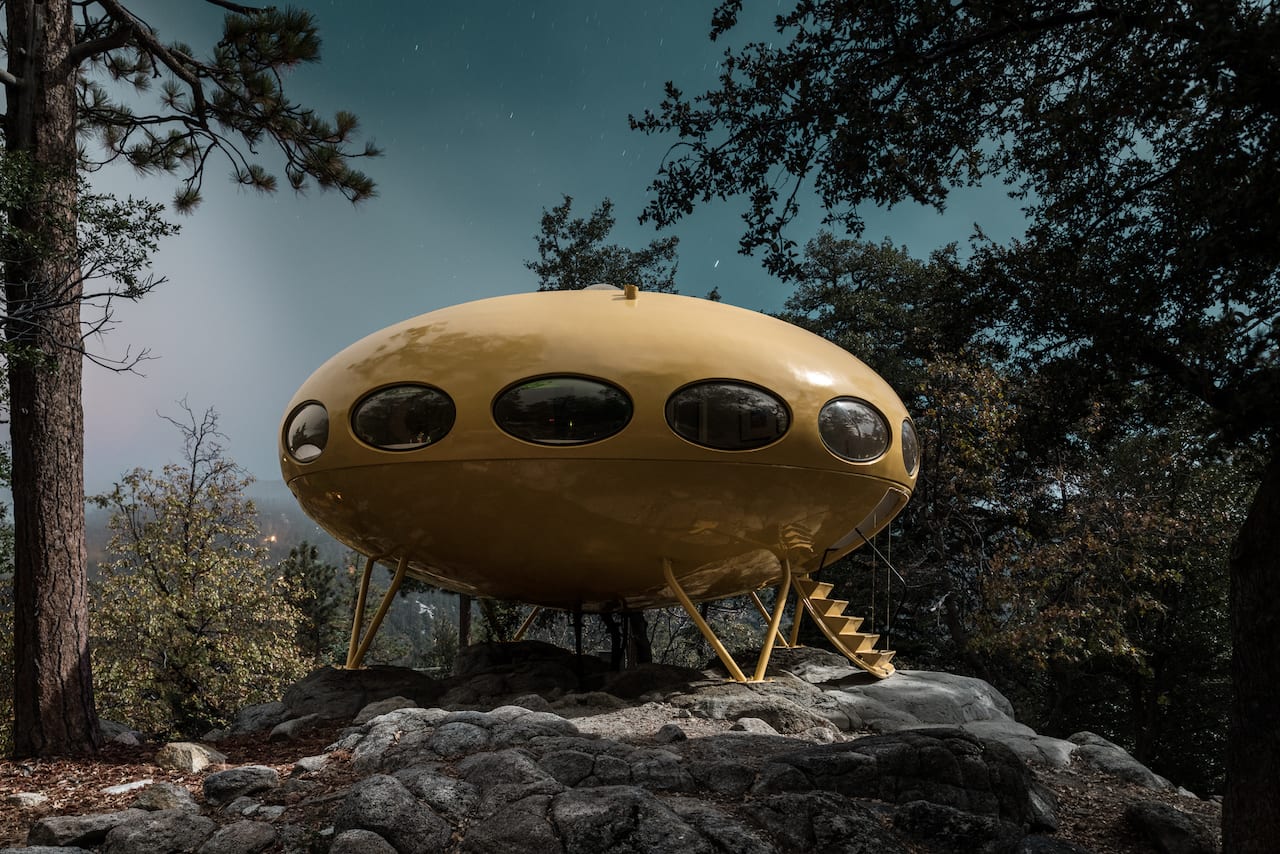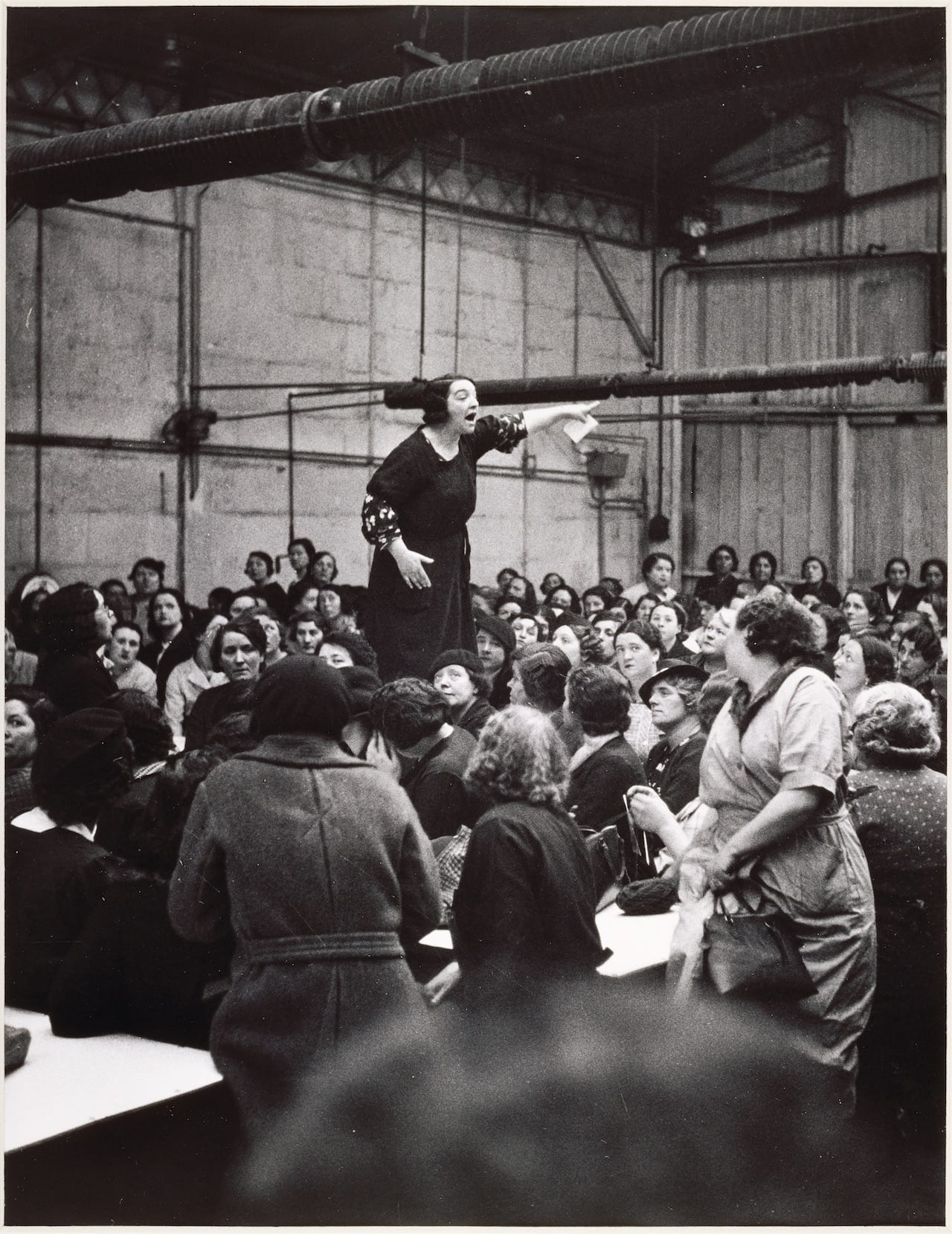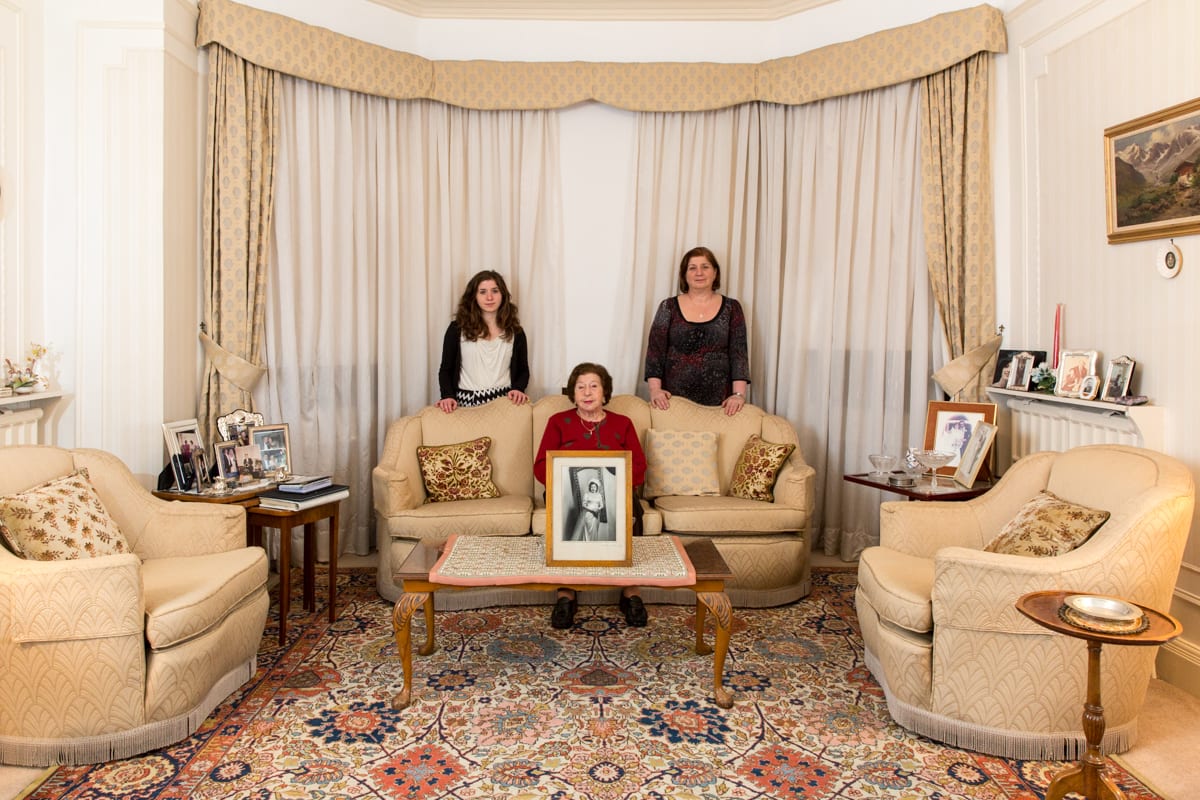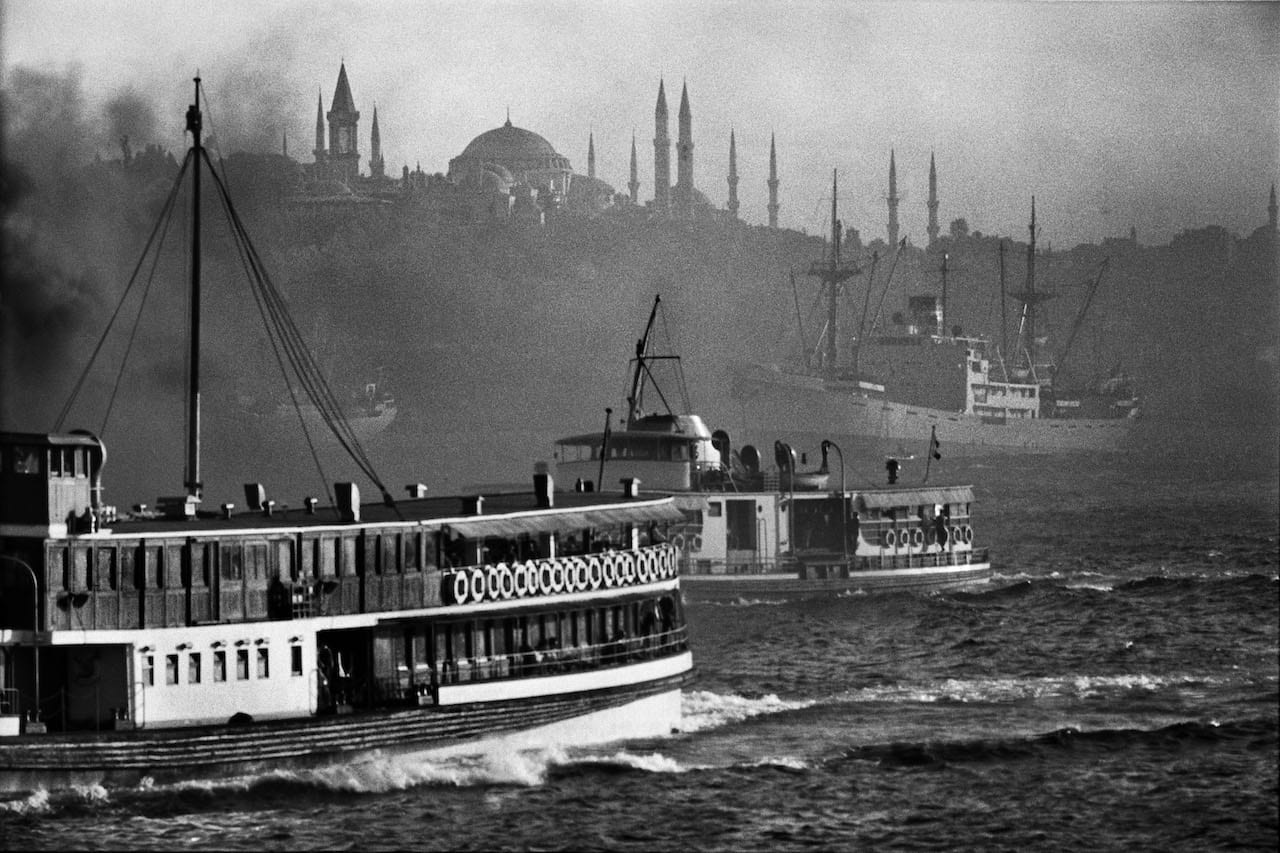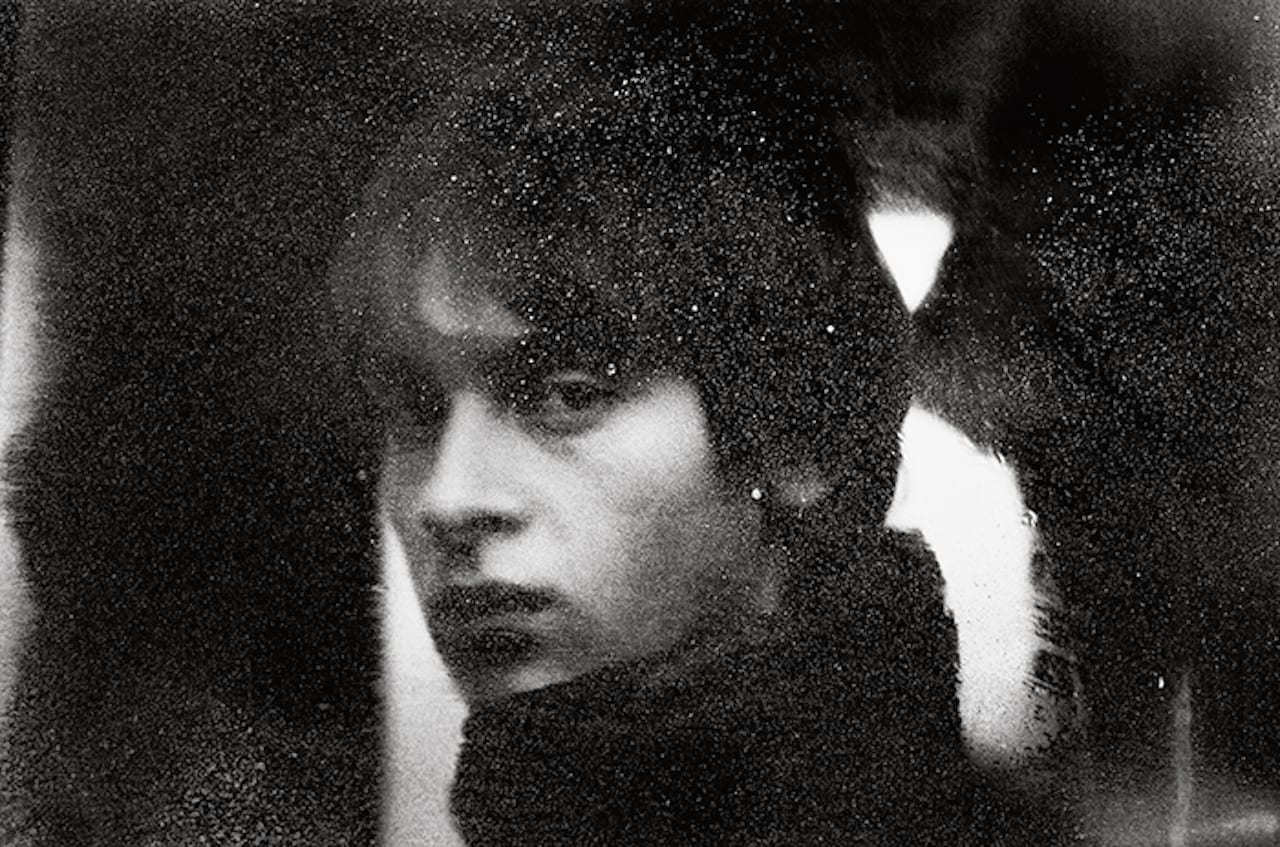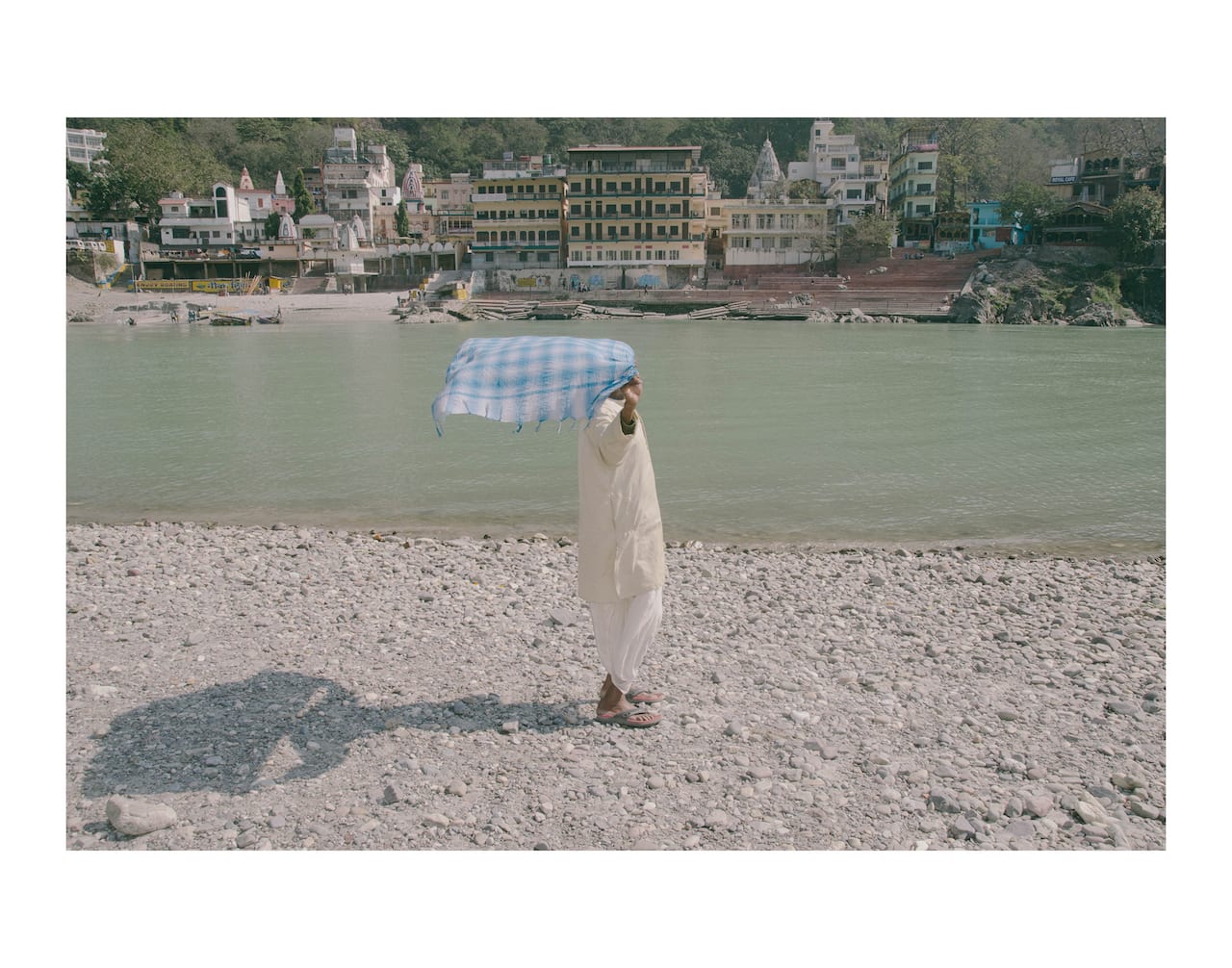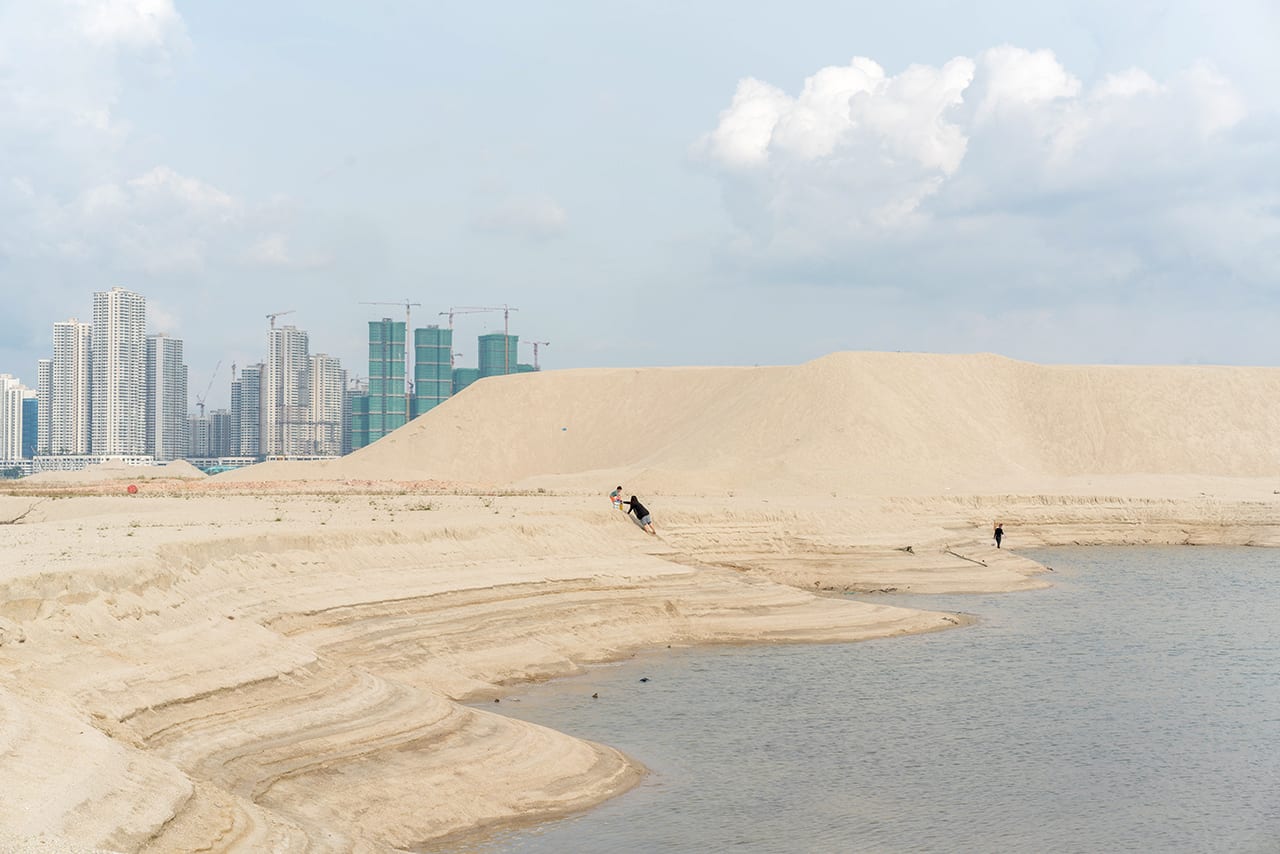“I’ve waited a long time to bring this book out and between Donald Trump and #MeToo, I don’t see how it could possibly be a better moment,” says Andrew Moisey from his office at Cornell University, New York, where he is an assistant professor in art history and visual studies. The book, The American Fraternity: An Illustrated Ritual Manual, is published by Daylight, and is looks at the secretive, ultra-masculine worlds of the fraternity houses that dominate US university life.
The image we now have of fraternities is very different from how they were when they first set up in the late 1700s. The initial male collegiate organisations were literary societies, where university students gathered to debate politics. Many had mottoes and names in Greek lettering, such as the first and perhaps more poignant Phi Beta Kappa in Williamsburg, Virginia.
Over the years these gave way to social societies in more universities around the US, recruiting members according to their race, religion and social status. Their exclusivity, need to differentiate and tradition of privacy were traits that gradually reached extremes in the modern day, and have now earned them a reputation of encouraging misogyny, bullying and elitism.


